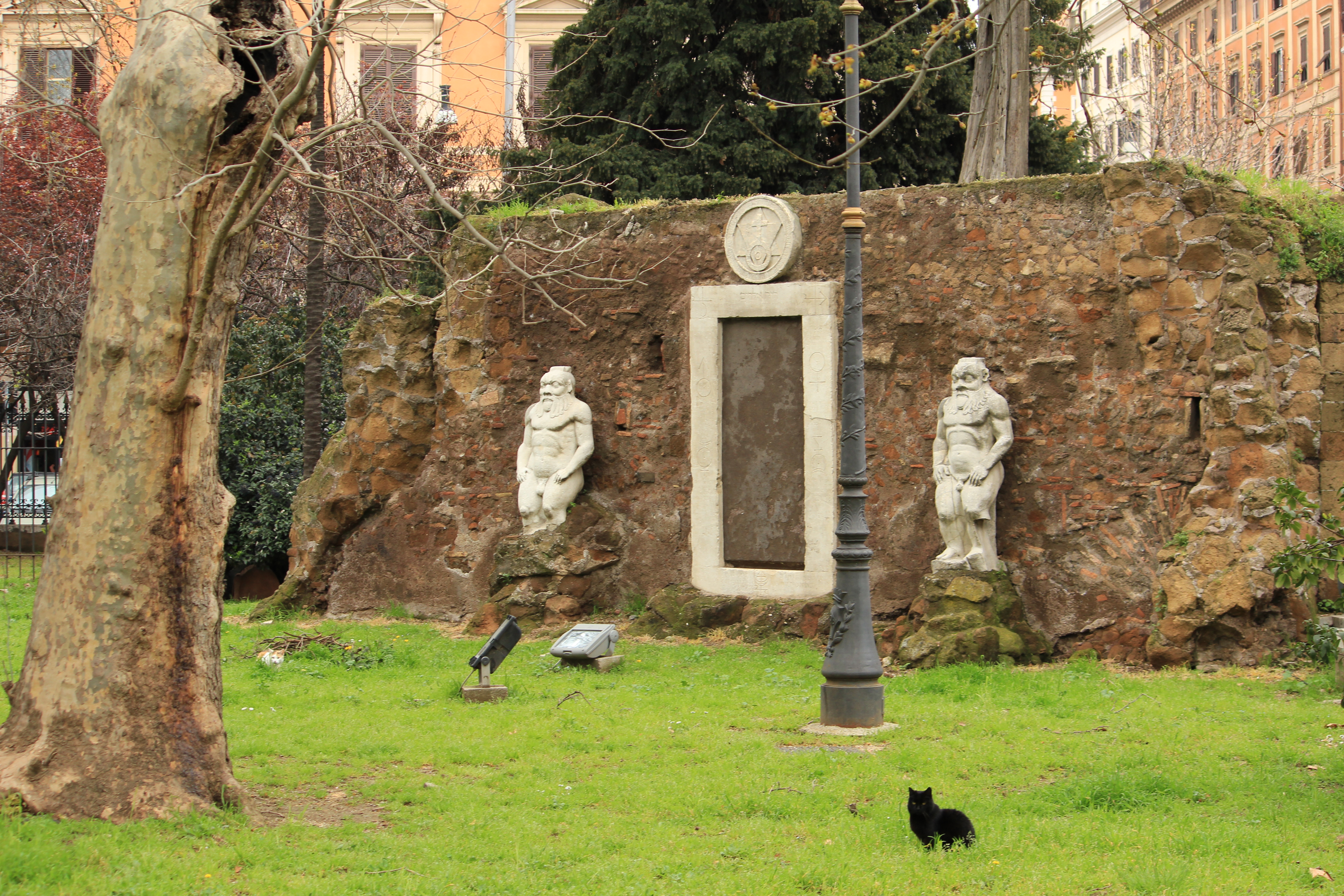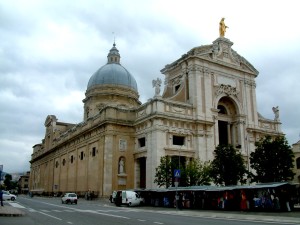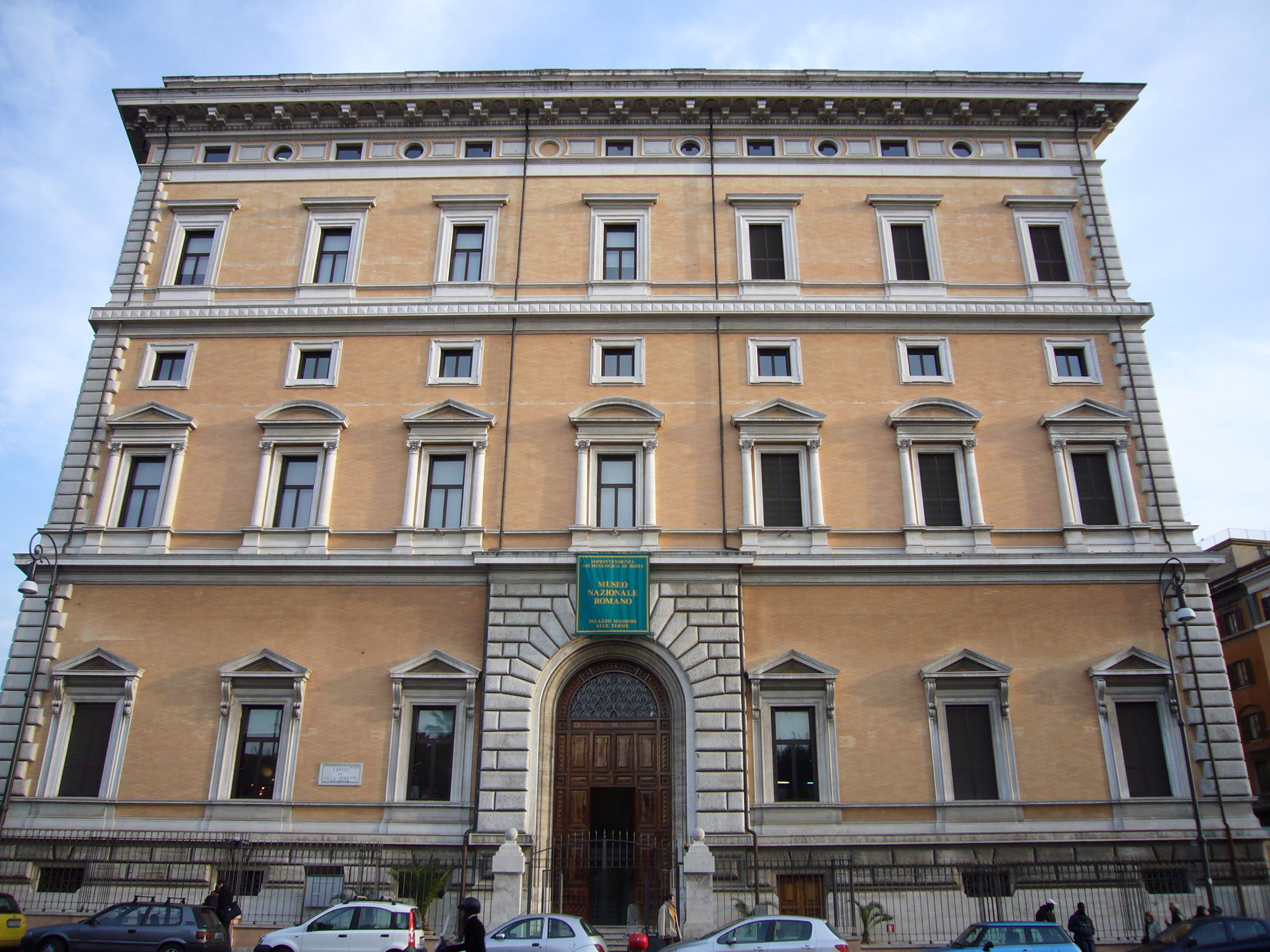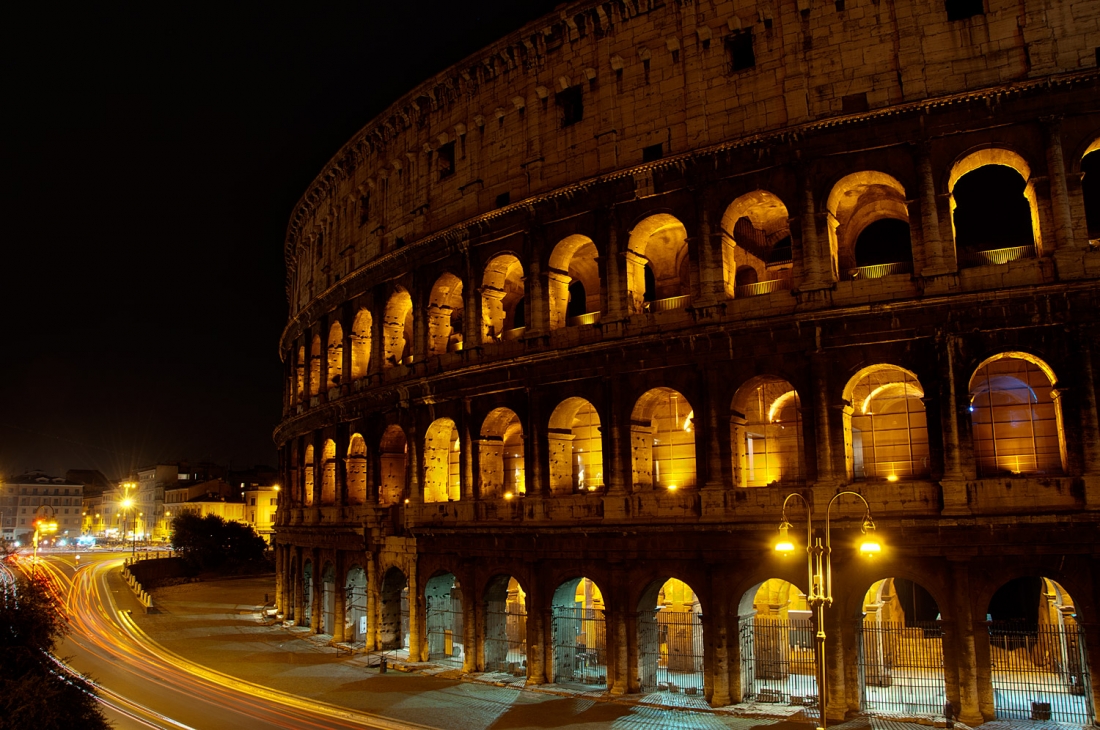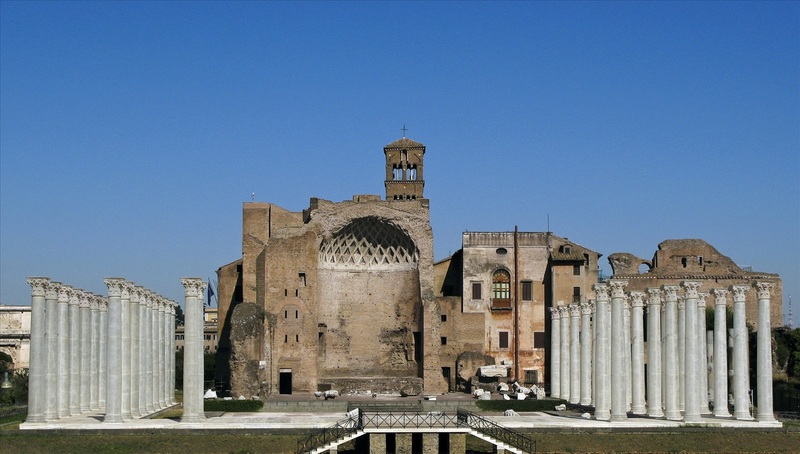Basilica of St. Mary of the Angels and the Martyrs
The Basilica of St. Mary of the Angels and the Martyrs (Latin: Beatissimae Virgini et omnium Angelorum et Martyrum, Italian: Santa Maria degli Angeli e dei Martiri) is a titular basilica church in Rome, built inside the frigidarium of the Baths of Diocletian in the Piazza della Repubblica. The Cardinal priest of the Titulus S. Mariae Angelorum in Thermis is William Henry Keeler.
The basilica is dedicated to the Christian martyrs, known and unknown. By a brief dated 27 July 1561, Pius IV ordered the church “built”, to be dedicated to the Beatissimae Virgini et omnium Angelorum et Martyrum (“the Most Blessed Virgin and all the Angels and Martyrs”). Impetus for this dedication had been generated by the account of a vision experienced in the ruins of the Baths in 1541 by a Sicilian monk, Antonio del Duca, who had been lobbying for decades for papal authorization of a more formal veneration of the Angelic Princes. A story that these Martyrs were Christian slave labourers who had been set to constructing the Baths is modern. It was also a personal monument of Pope Pius IV, whose tomb is in the apsidal tribune that culminates the series of spaces.
The thermae of Diocletian dominated the Quirinal Hill with their ruined mass and had successfully resisted Christianization. Michelangelo Buonarroti worked from 1563 to 1564 to adapt a section of the remaining structure of the baths to enclose a church. Some later construction directed by Luigi Vanvitelli in 1749 only superficially distracts from the grand and harmonious Michelangelesque volumes.
At Santa Maria degli Angeli, Michelangelo achieved an unexampled sequence of shaped architectural spaces with few precedents or followers. There is no true facade; the simple entrance is set within one of the coved apses of a main space of the thermae. The plan is developed from a Greek cross, with a transept so dominant, with its cubical chapels at each end, that the effect is of a transverse nave.
The vestibule with canted corners and identical side chapels—one chapel has the tomb of Salvator Rosa, the other of Carlo Maratta—leads to a second vestibule, repeated on the far side of the transept, dominated by the over lifesize Saint Bruno of Cologne by Jean Antoine Houdon (1766). Of the Saint Bruno, Pope Clement XIV said that he would speak, were it not for the vow of silence of the order he founded.
